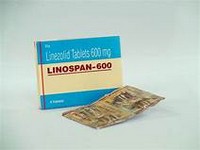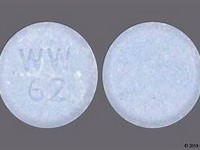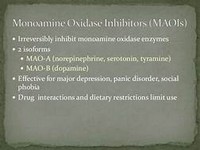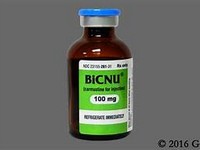Levamisole

Levamisole
CLINICAL USE
Treatment of roundworm (Ascaris lumbricoides)DOSE IN NORMAL RENAL FUNCTION
120–150 mg as a single dosePHARMACOKINETICS
DOSE IN RENAL IMPAIRMENT
GFR (mL/MIN)
DOSE IN PATIENTS UNDERGOING RENAL REPLACEMENT THERAPIES
IMPORTANT DRUG INTERACTIONS
Potentially hazardous interactions with other drugsADMINISTRATION
Reconstition
–Route
OralRate of Administration
–Comments
–OTHER INFORMATION
Available on a named patient basis from IDISAvoid in patients with pre-existing blood disordersHas been successfully used to treat relapsing nephrotic syndrome in children at a dose of 2.5mg/kg/alternate day. (Al-Saran K, Mirza K, Al-Ghanam G, et al. Experience with levamisole in frequently relapsing, steroid-dependent nephritic syndrome. Pediatr Nephrol. 2006 Feb; 21(2): 201–5)Has also been used in haemodialysis patients to enhance response to Hepatitis B vaccine. (Kayatas M. Levamisole treatment enhances protective antibody response to hepatitis B vaccine in hemodialysis patients.
See how to identify renal failure stages according to GFR calculation
See how to diagnose irreversible renal disease
Home








